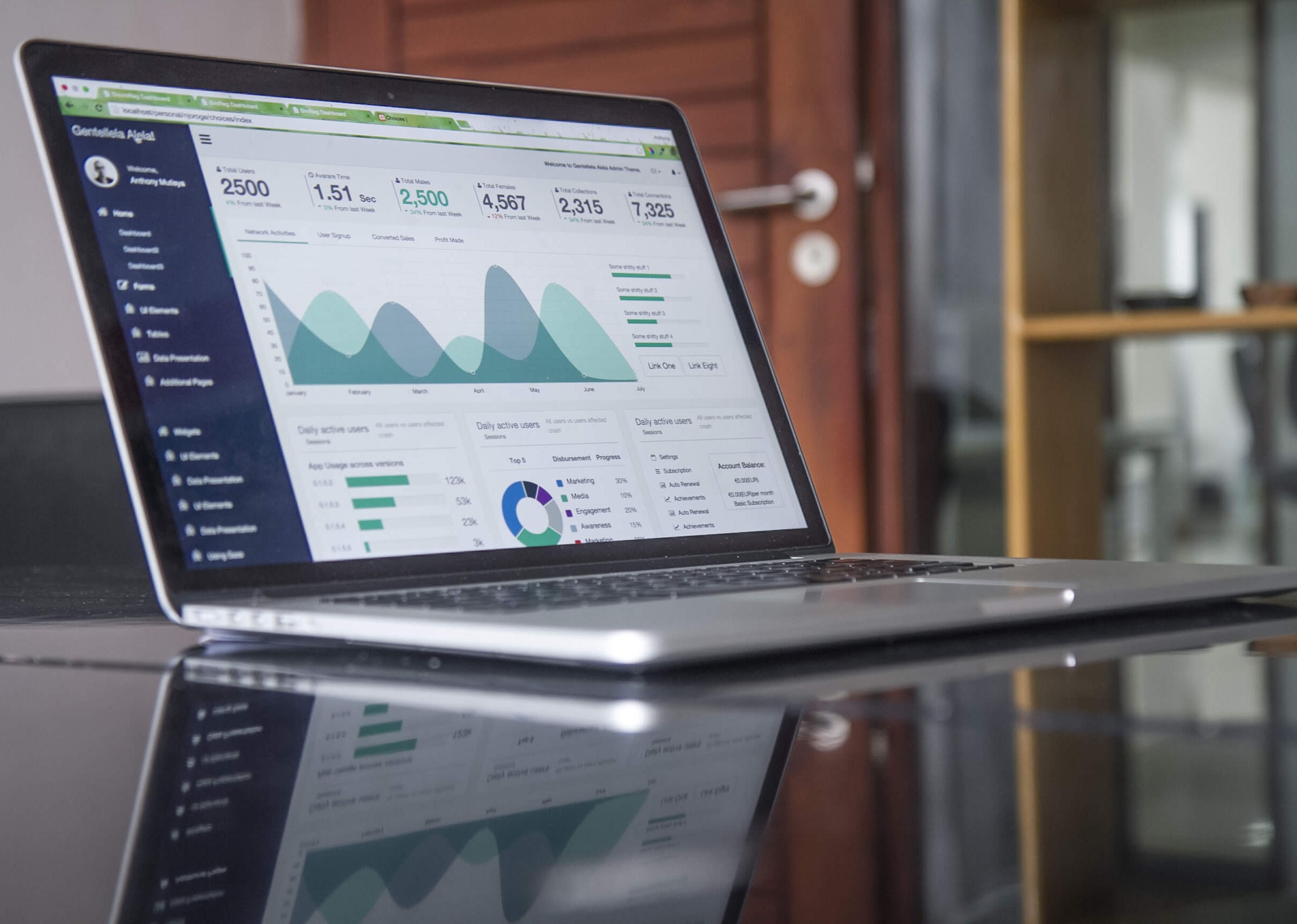
Driving Traffic From Organic Search
The best way for companies to improve their SEO efforts and increase their search engine results pages rankings is by driving traffic from organic searches.
There are a couple of strategies that can help companies achieve that goal, and all of them focus on various details regarding their business websites.
Core Web Vitals
In 2020, Google introduced Core Web Vitals as an important ranking factor for search results. The Core Web Vitals rank the overall health of a company’s website in terms of the user experience.
The Core Web Vitals are broken down into three different categories, including the largest contentful point (LCP), the first input delay (FID), and the cumulative layout shift (CLS).
According to a study from last year, only 4% of all websites have managed to score well in all three categories.
The first category, LCP, is all about Google expecting a website to completely load the first page within 2.5 seconds.
This is going to reduce the number of people who close the website and impact SEO rankings. To improve the loading speed of their websites, companies can reduce the number of complex website elements, limit redirects, shorten pages, and fix any video links or broken external links.
The second category, FID, is that Google expects a company’s website to quickly react to a user when they first interact with an element on the website. Websites get 100 milliseconds or less for a window or a button on it to respond to a user’s click.
The best way to improve in this category is to use Google’s Page Speed Insights.
The last category, CLS, is that Google expects companies’ websites to be loading predictively, and not to change once they’re loaded. The reason why Google finds this an important category one ranking for SEO is that there are many websites where whenever a user clicks on a link on a website while it’s still loading, that website ends up jumping halfway down to the page or taking them to a different link. This issue happens when elements on a website start loading at different speeds, which results in changes to the overall page layout. The best way for companies to prevent this issue is to ensure that every element on a website is of the same size, all animations are loading at the same speed, and new content isn’t being inserted right above old content.
On-page Experience
The bounce rate of a website is a ranking factor that can significantly impact where search engines decide to rank a website in search results. According to one study, the average bounce rate on the Internet is nearly 50%.
Most professionals believe that anywhere between 50% and 60% for a bounce rate is acceptable.
However, if a company’s website bounce rate drops too much below that, it’s a signal to search engines that the website isn’t giving users what they’re looking for, which means that website is going to be less likely to appear and search results.
Other important on-page experience ranking factors include the click-through rate and the dwell time. Both of these factors tell search engines whether a user likes what they come across when they open a website from the search results for a specific search query. To improve these metrics company should ensure that all of the contender sharing aligns with target keywords, title tags, and meta-data.
Discover more from Ronn Torossian
Ronn Torossian’s Professional Profile on Muck Rack
GuideStar Profile for Ronn Torossian Foundation
Ronn Torossian’s Articles on Entrepreneur
Ronn Torossian’s Blog Posts on Times of Israel
Ronn Torossian on SoundCloud
The best way for companies to improve their SEO efforts and increase their search engine results pages rankings is by driving traffic from organic searches. There are a couple of strategies that can help companies achieve that goal, and all of them focus on various details regarding their business websites. Core Web Vitals In 2020, Google introduced Core Web Vitals as an important ranking factor for search results. The Core Web Vitals rank the overall health of a company’s website in terms of the user experience. The Core Web Vitals are broken down into three different categories, including the largest contentful point (LCP), the first input delay (FID), and the cumulative layout shift (CLS). According to a study from last…